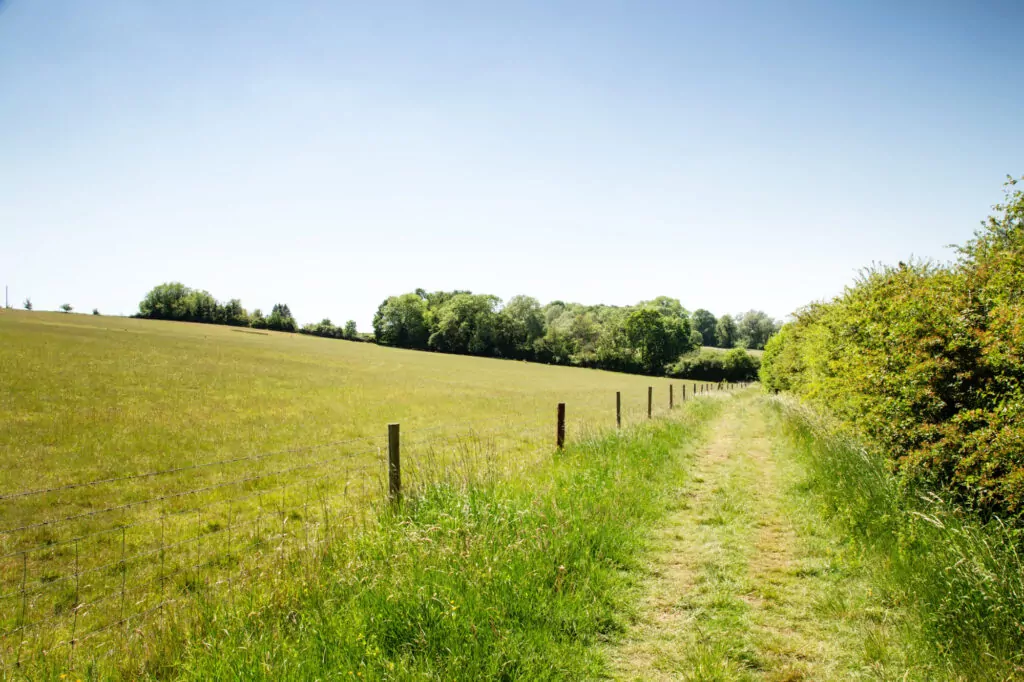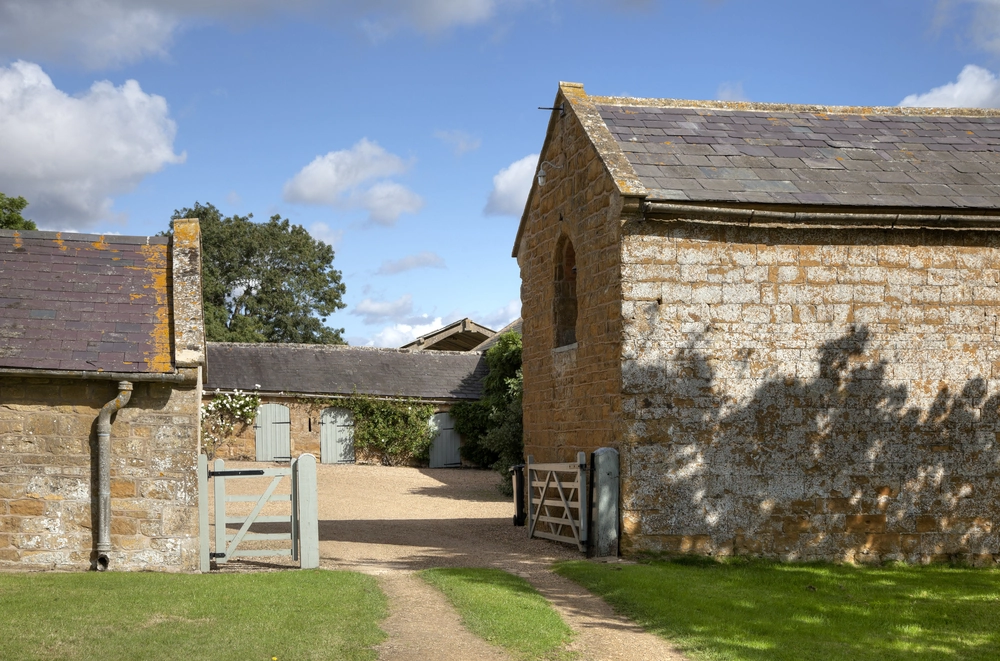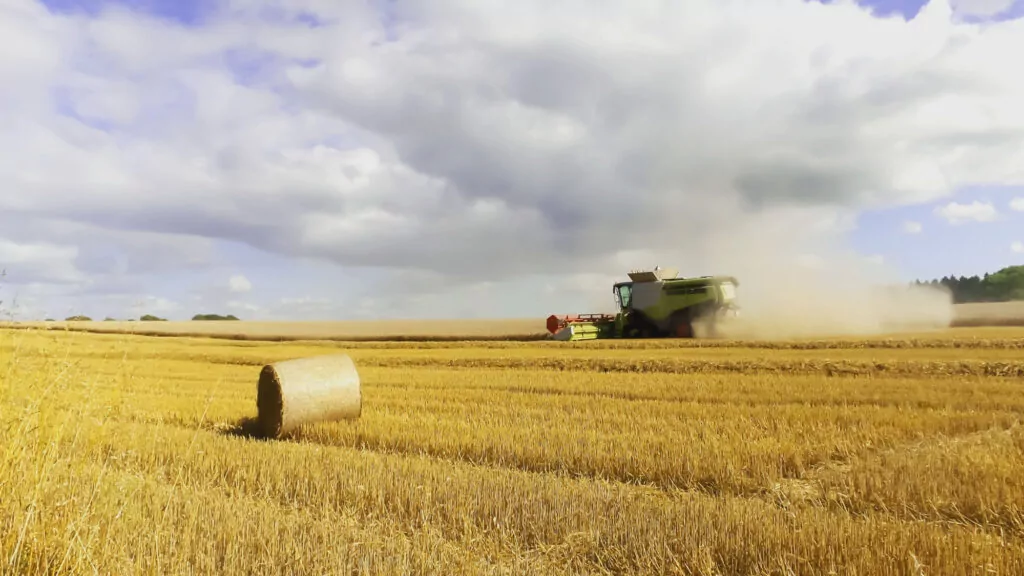
The importance of evidence in proving a right of way has arisen through long use

By Danielle Spalding, Rose Westwood
5 Dec 2024 | 4 minute read
We previously wrote an article providing information to landowners on rights of way that can arise through long use - Don't get in my way – A guide to rights of way obtained through long use. These rights are known as prescriptive easements.
By way of reminder – any person claiming a prescriptive easement must demonstrate the following:
- There must be two separately identifiable pieces of land subject to the easement. The land that benefits from the right of way is called the dominant land, and the land that is burdened by it is called the servient land;
- The use must have been for 20 years or more;
- The use must have been exercised for a continuous period, without interruption or objection by the servient landowner; and
- It must have been exercised without force, permission, or secrecy.
Recent cases before the court have shown the importance of having strong evidence to be able to prove that these rights have arisen. This article provides a deeper dive into that evidence.
How is a prescriptive easement evidenced?
Cases claiming a prescriptive easement are normally won or lost on the quality of witness evidence and supporting documentation to back up what is said by the witness. It is not enough to simply say you have used the right of way for 20 years. This needs to be backed up with as much evidence as possible. If the matter proceeds to court, it is also important to understand that witnesses will be cross-examined on their evidence. Therefore, it is essential to gather as much proof on the use of the right of way early on and ensure any witness statements contain sufficient detail.
The person claiming the right will be required to give evidence of the claim. However, it should also be considered whether there are any other witnesses who can corroborate the use over the 20-year period. For example, have any farm employees or contractors also used the access? Are there previous landowners who used the access and have other neighbours witnessed the right of way being used in the ways claimed? These are all important points to consider as early as possible.
What information will I need to evidence a right of way?
Each case will be very fact specific but from our experience in dealing with rural land, some considerations which will assist in providing as much detail as possible to help support a claim for a right of way could include:
- The exact route that is used and the terrain that must be crossed.
- Are there any gates or stiles used to gain access and who maintains those features?
- Is the right of way used on foot, with vehicles (and what type of vehicles) and/or animals and for what purpose?
- How often is the right of way used and by who?
These are just some of the details that will need to be explored and included over the full period of at least 20 years. As set out above, it may be necessary to interview multiple witnesses to cover that entire period especially if the land ownership has changed hands over the years.
It is also important to consider any documentary evidence that can support what you and any other witnesses are saying. The more documentary evidence that can be provided the better. Some useful examples are; photographs, diary entries and invoices.
Others claiming rights over your land
If you are a landowner and someone is using a right of way over your land, it is sensible to check whether they have a formal right to do so. This can often be ascertained by reviewing the Land Registry title. If the land is unregistered, the right of way may be contained in the title deeds for your property. It is always sensible to instruct a solicitor to check if you are not sure.
If you do not consider they have a formal right of way over your land, you should raise this with them early on. It is not sensible to leave the matter for a long period without investigation. If you do not act, a prescriptive easement could arise and there are ways to avoid that occurring.
How can Foot Anstey help?
If you are using a right of way to cross someone else's property, and the easement is not formally recorded within your title deeds, you should take legal advice on whether the right of way can be registered. This is particularly important if you are selling land or considering succession planning to prevent future disputes over the terms and existence of the right of way.
Alternatively, if you notice someone using a right of way on your land and you do not consider they have formal rights to do so, you should take legal advice on whether a right of way has been expressly granted in the title deeds or whether there is evidence of a prescriptive easement and how to prevent a prescriptive easement arising.
The overriding point is that whether you are looking to register an easement or are faced with someone claiming a right of way over your land, the evidence you can provide in support of your position is crucial.
We understand that rights of way can be a particularly contentious topic and early advice is often important so that you can understand your position and hopefully avoid a dispute arising. Our Farms, Estates and Rural Land team frequently advise clients on prescriptive easements and issues concerning rights of way. If you need any advice from our specialist lawyers, please do not hesitate to get in touch.
If you would you to hear some more from our Farms, Estates and Rural Land experts, check out our podcast series Experts in the Field.












